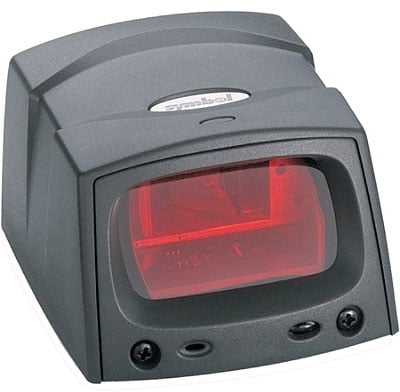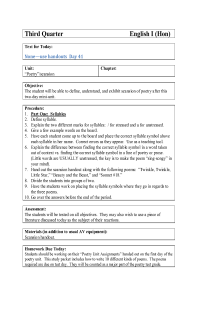

Most poems are based on anapests, but some other meters are used too. A meter is called an "anapest" if it has one stressed and one unstressed beat in every metrical unit (line or stanza). Meters are classified according to how many beats per line they have: duple, quadruple, sextuple, and so on. Then compare these details with examples of different meters given in books on poetry.
To determine the meter of a poem, count the number and kind of syllables in a line, as well as their stresses. The foot is a single set of syllables in a poem. Divide this total by two to find out how many lines there are.Ī poem's meter defines the number of feet in a line as well as its rhythmic pattern. First, count the number of words in your poem. Now that you have copied your poem and numbered its words, it's time to scan it. Words with a number 5 should never be scanned because they are strong syllables that carry much weight in determining how many beats per line are in a poem. Words with a number 1 will be spanned by all lines of the poem, while words with numbers 2, 3, and 4 will only be scanned if they appear at the beginning of a line or within another word that has not yet been numbered. Finally, mark each word with a number 1 through 5 according to the method described below. Next, write out the words of the poem in alphabetical order. The first step in creating a scansion is to make a copy of the poem. How Do You Start Scansion? A scansion is a diagram used to analyze the metrical structure of a poem. Recognize patterns in the placement of stresses and pauses that indicate rhetorical features of the language. Recognize stress points in a poem and understand how these affect meaning. This verse analysis, or prosody, also enables a reader to: identify the meter of a poem by splitting a line into feet and observing the syllabic pattern of each foot. What Is the Function of Scansion? Understanding the structure of the poetry form assists a reader to have a deeper understanding of a poem. Why would you want to use scansion on one of your own poems? These devices are very effective at capturing your reader's imagination!Īlso, if a poem is difficult to understand, it may be because of improper punctuation or ambiguous word choices. Here, we can see that even though the poem is told from one person's point of view, it still uses all kinds of metaphors and similes to describe what is happening around them. "The rain outside was heard but not seen / No door opened, no window shut / The footsteps echoed on the floor / But who was there to listen?" This is particularly true for poems that are based on rhythms other than those found in normal speech (such as iambs or dactyls).įor example, if we were to read this poem aloud, we might end up with something like this: When reading poetry under stress, it is important to pay close attention to punctuation and word choice.

So, if we were to scan this poem into stanzas, they would be called "footsteps" since each line ends with a stressed syllable. A stressed syllable is denoted by a slash ("/"), whereas an unstressed syllable is denoted by a dash ("-").

The most popular way of scanning a poem is to insert markings over the stressed or unstressed syllables. It can also help with figuring out how many syllables are in a line, which is important for calculating rhyme schemes. The scan here is tricritic-tap/, tub/.Īs you can see, scansion is very useful for determining how long each line of a poem is. This type of line is called "trochaic," which means "crossing" or "criss-crossing." It can be hard to write out by hand, so computers can help here by scanning for you. The last line exhibits an unusual pattern of three unaccented syllables followed by a single accented one. Thus, the second line would be scanned as two unaccented syllables followed by a single accented one: tap/ tub/. In this example, the meter is anapestic (a-NES-tap-ic), and so each line should have two accented syllables: an even number of total. (These keys are usually found on your computer's keypad.) When writing by hand, use a pen when typing, use the "accent" button on most keyboards. Then, by hand or with a keyboard, add the scansion marks above each line using the keys for accent mark /, lower case u, backslash, and straight line |. Each of these recurring incidences is referred to as a "foot." To notate a poem's scansion, first doublespace it.


 0 kommentar(er)
0 kommentar(er)
